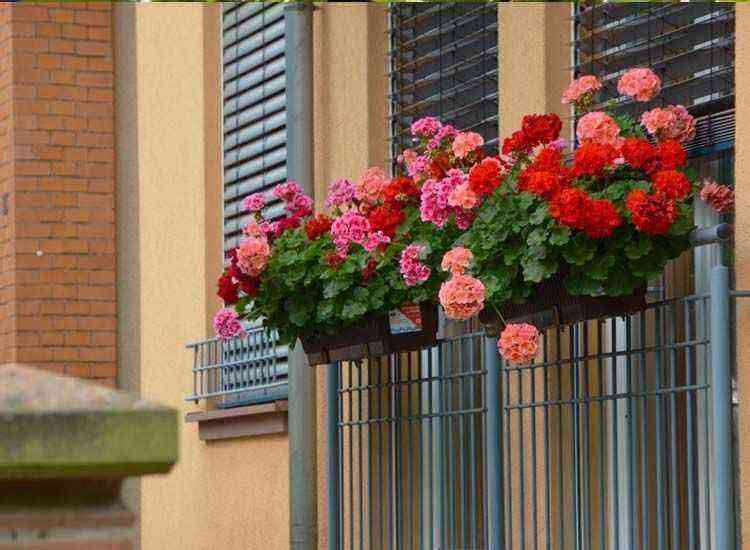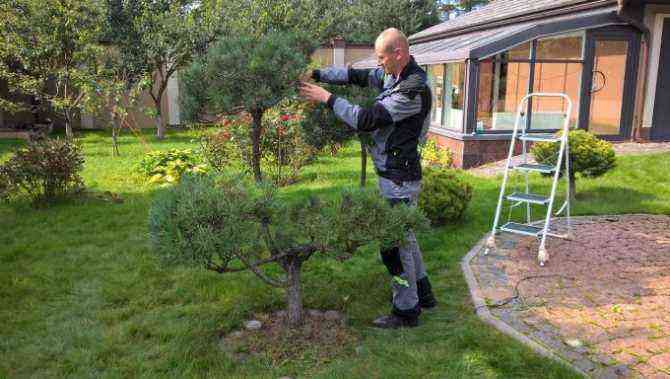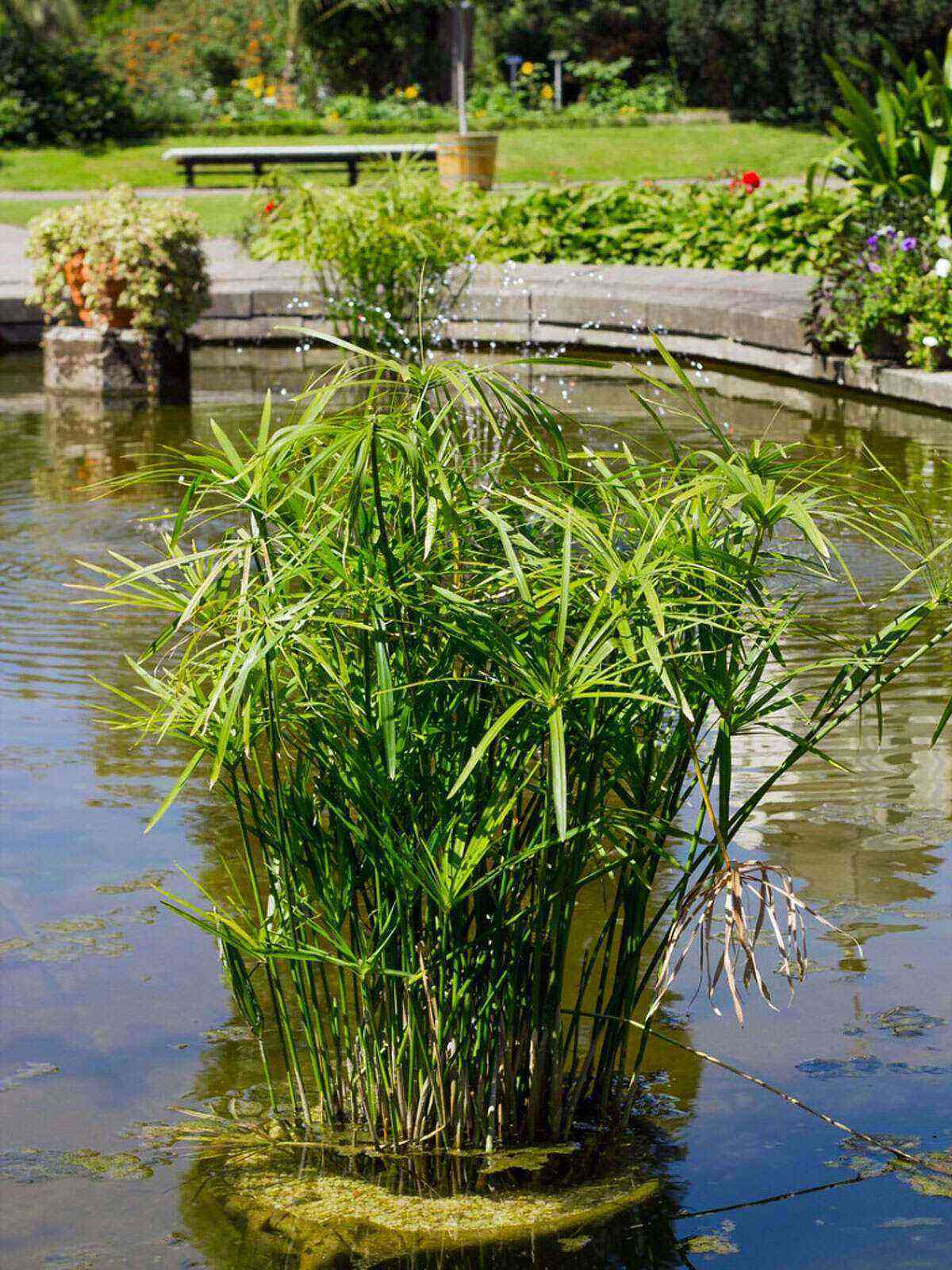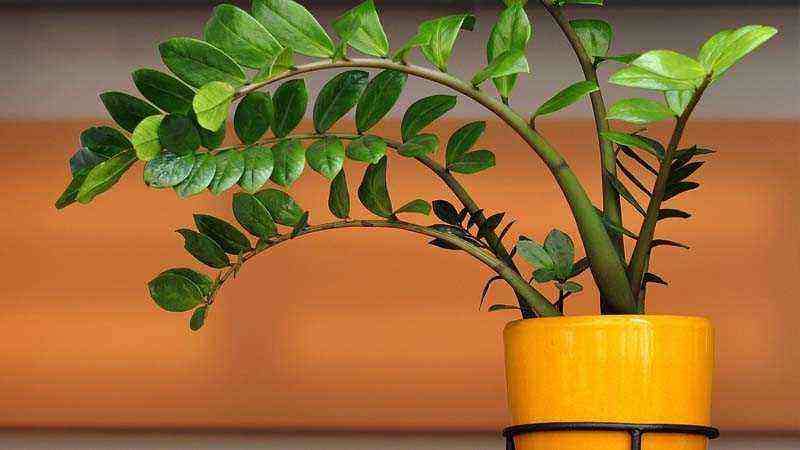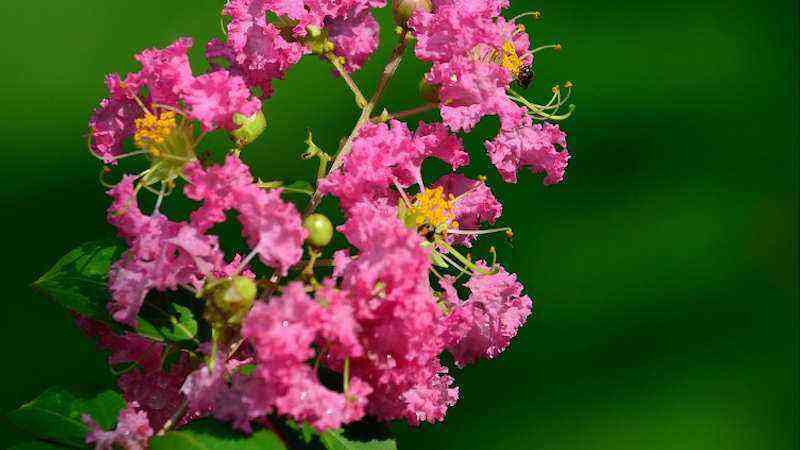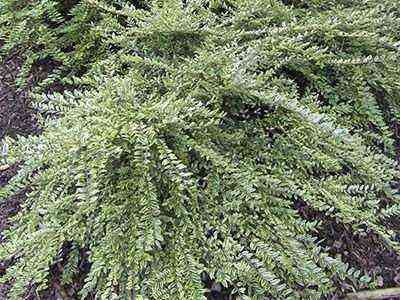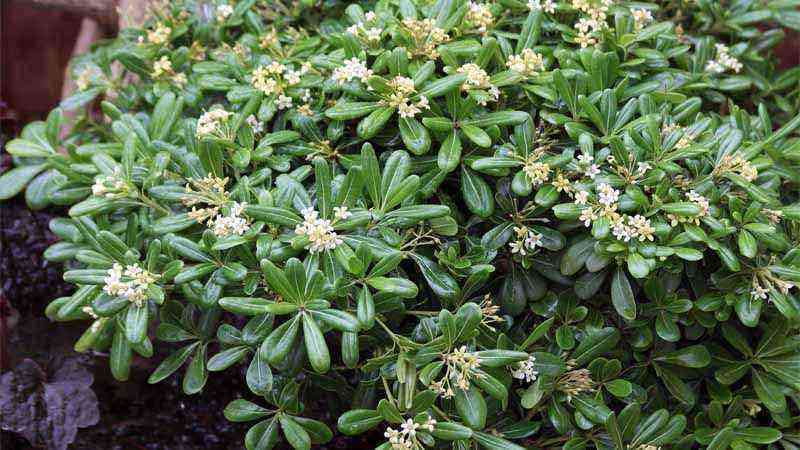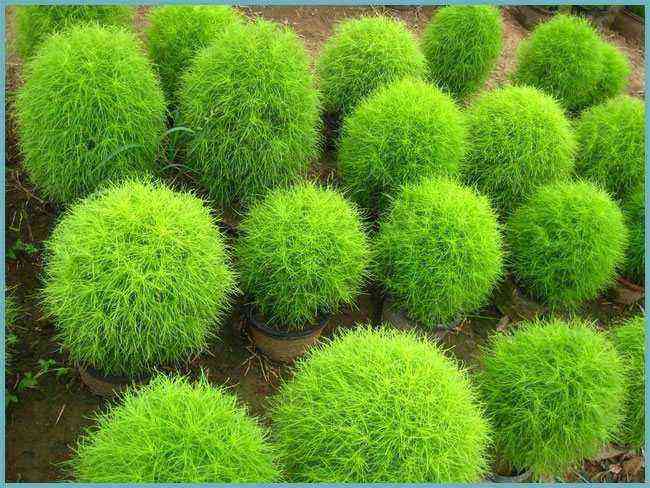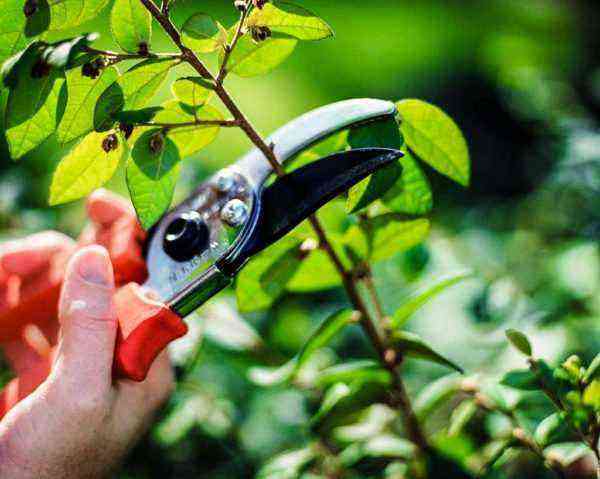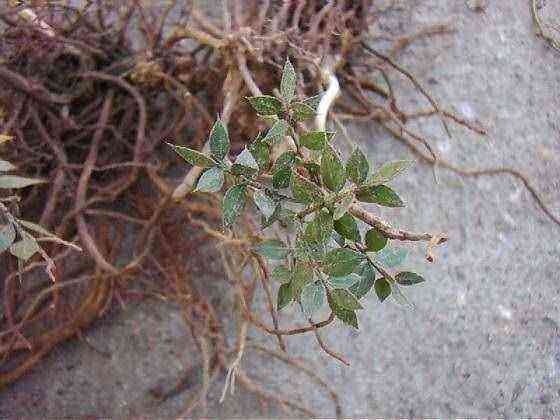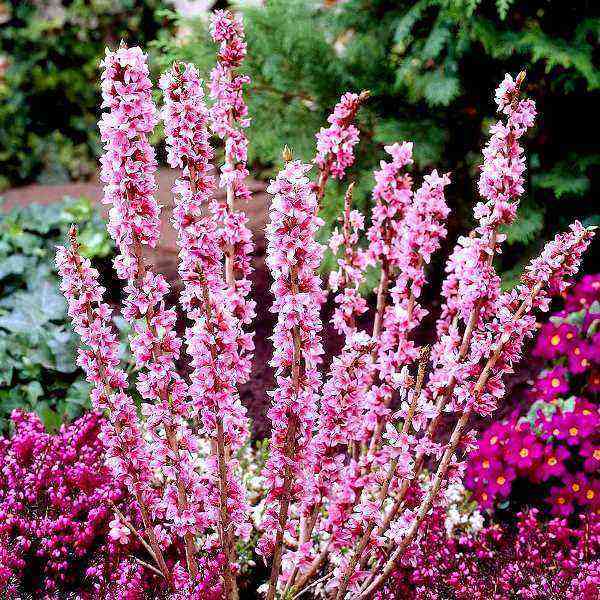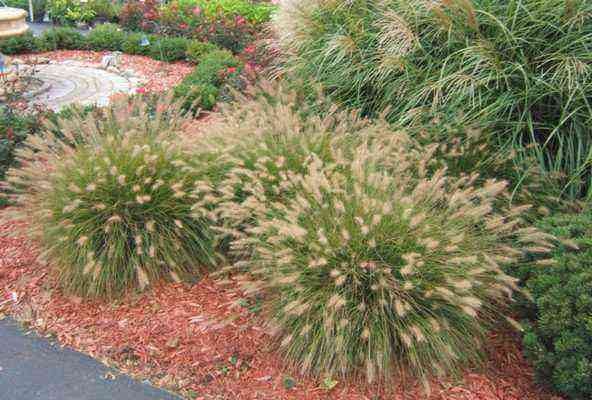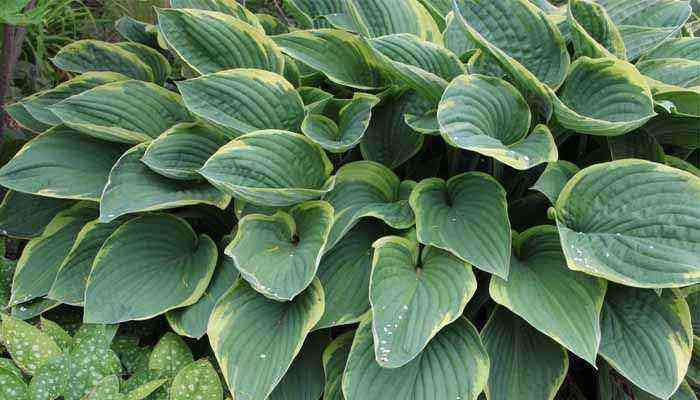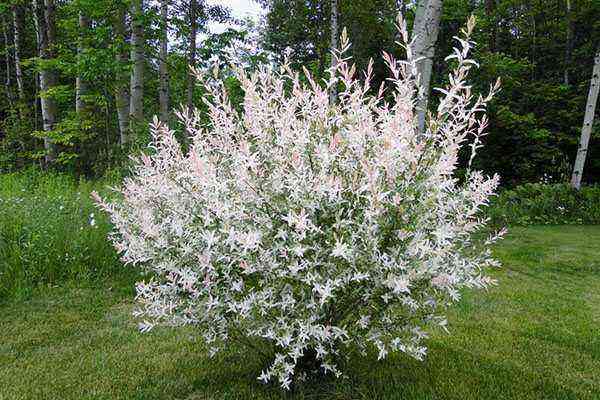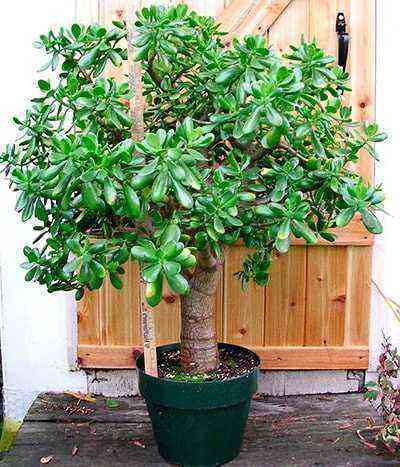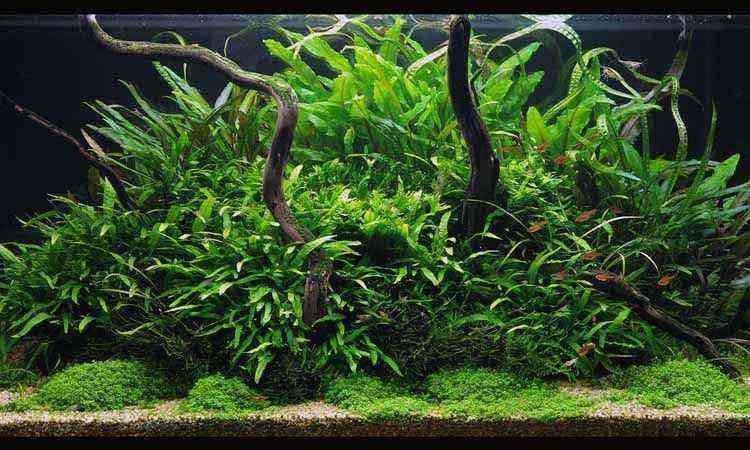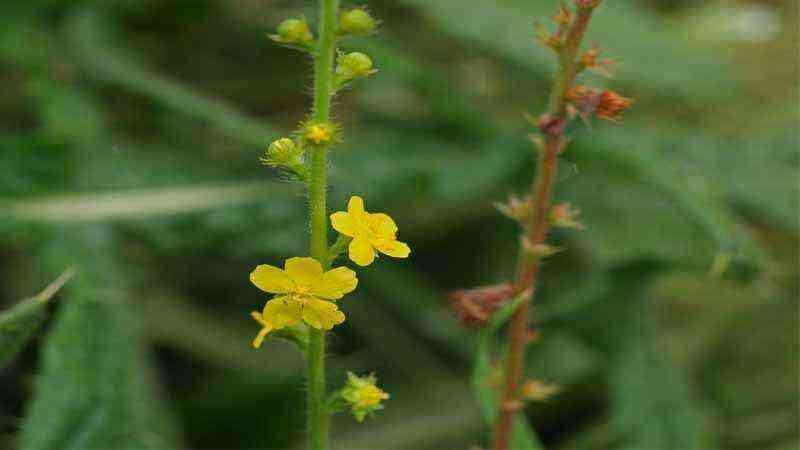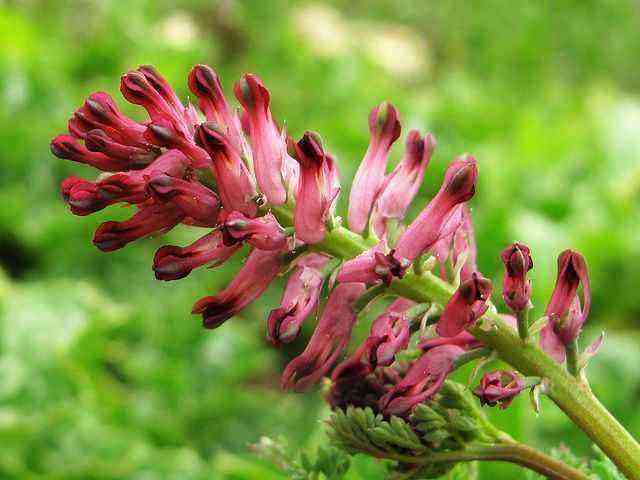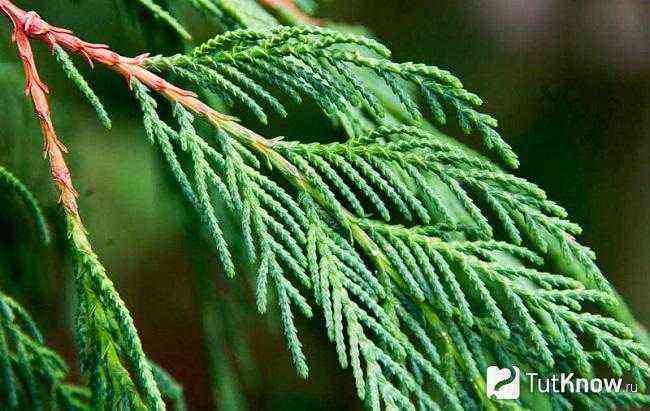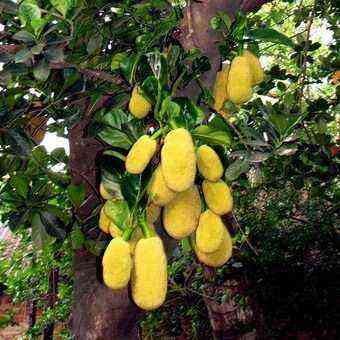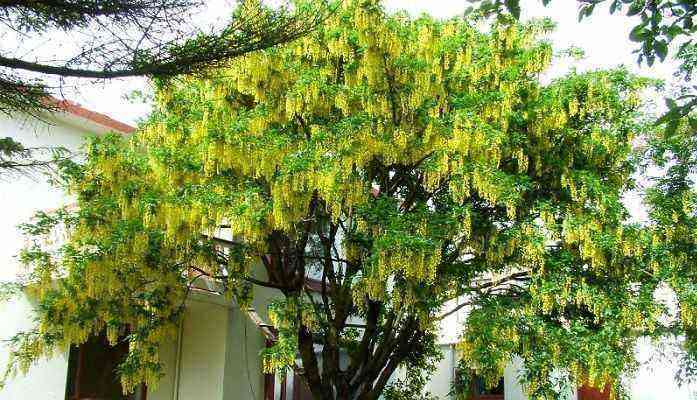Today, at Agromática, we are going to talk about a highly coveted plant inside our home. It belongs to a genus of plants of the family of the amaryllidiaceae and whose origin has been in the area of southern Africa. Here we will show you its care, with some advice regarding the climate, the substrate, the needs of irrigation, fertilization, and multiplication etc.
Amarilis (Hippeastrum vittatum) as a houseplant
Although it is an abundant genus of plants, we are going to focus on the amaryllis more famous, scientifically known as Hippeastrum vittatum. Specifically, this plant grows from a bulb and the best it does is indoors, grown in a pot. But hey, there are also amaryllis in the garden so that’s no problem, because we will offer some climatic data in case you want to grow outside the home. Go for it.
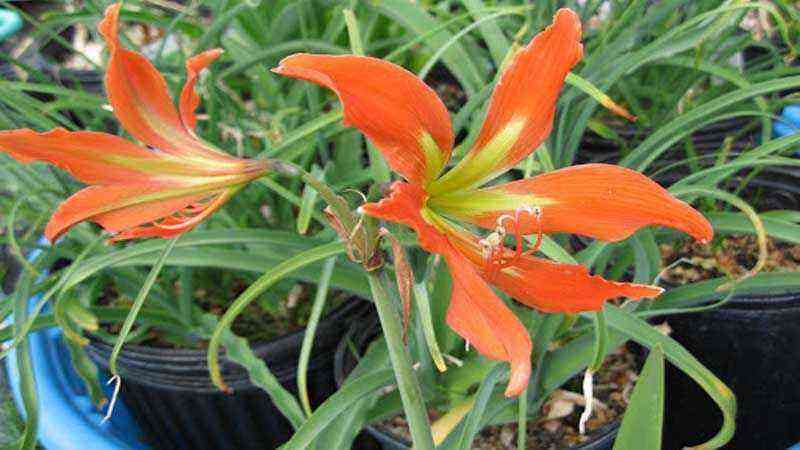

Amaryllis cultivation
Climatic needs
It may have had something to do with the fact that this plant originated in Africa, but with respect to the climate it is related. You constantly need warm temperatures and you have to protect it from the cold. It is a plant that cannot stand the cold and any frost, no matter how slight, can take it away. We will only plant it in the garden if we live in an area where the frosts are minimal or at least we can protect our crops in some way. What temperature do we mean when we talk about cold? Unfortunately the values are not low, so when the temperature drops below 10º C there are no longer good conditions for its growth, and from 5ºC and descending it suffers problems.
With regards to light and light intensityAs it is a bulbous species, it is used to receiving good lighting (it may be convenient to place it near a window) but avoiding direct sunlight during the hours with the highest incidence of solar radiation.
Characteristics of the substrate for its cultivation in pots
We can buy directly a amaryllis plant already grown with its pot, or buy or have bulbs that we will plant at the end of summer or beginning of autumn. Choose a substrate that is a mixture of equal parts peat or organic matter, soil and sand. Place the bulb in a pot that is not too big and pointing upwards, and do not place it too deep in the pot.
If we have planted the Amaryllis bulb in our pot, now is the time to place it in a place that ensures an average temperature of 20ºC.
Irrigation needs in Amaryllis cultivation
How is a potted crop in the event that we have it as houseplantWe will water based on the laws of logic, that is, leaving the substrate moist but never waterlogged, and watering when the soil loses its moisture but without preventing it from drying out.
Additional tips
Although we’ve said it a couple of times already, it never hurts to say it. Surely it will have happened to you that you have watered your potted plants in the morning and in the afternoon, if it is a bit hot, you see the dry land and decide to water again. It is not like this. The first layer of the substrate dries due to the effect of heat and temperature, but the inner layers (those that are in direct contact with the roots) are still wet, so if we water again we will cause puddling and rotting of the roots.
An effective method to check the humidity of the pot is to introduce a stick or your finger (if we are willing to get stained, of course;)), and when removing it, check if it has traces of soil stuck and it feels wet, in which case we will leave the watering Maybe another time. Simple and easy right?
Plants that grow in pots need special fertilizer conditions. When the Amarilis is flowering, it is time (as in many other plants) to add a fertilizer that can consist of homemade compost or manure, or directly liquid fertilizers that we can find in any store.
El compost holds longer in the substrate but liquid fertilizers have to be replaced 2 times every month, this is 1 time every 15 days. We will add a bottle cap or what is specified in the product.
How to Play Hippeastrum vittatum
When the time has come to replenish our Amaryllis we can do it in different ways. As it is a bulbous plant the method of multiplication is through its bulbs.
We can separate the whole bulb into segments (as if it were the head of a garlic), which will be planted (each one forms a plant), as we have said before, in late summer and early autumn and under the conditions that we have commented (light, good temperature and humidity).

